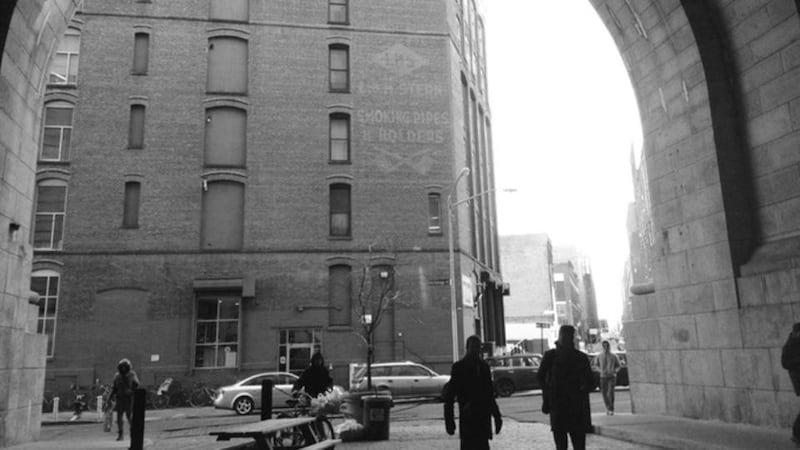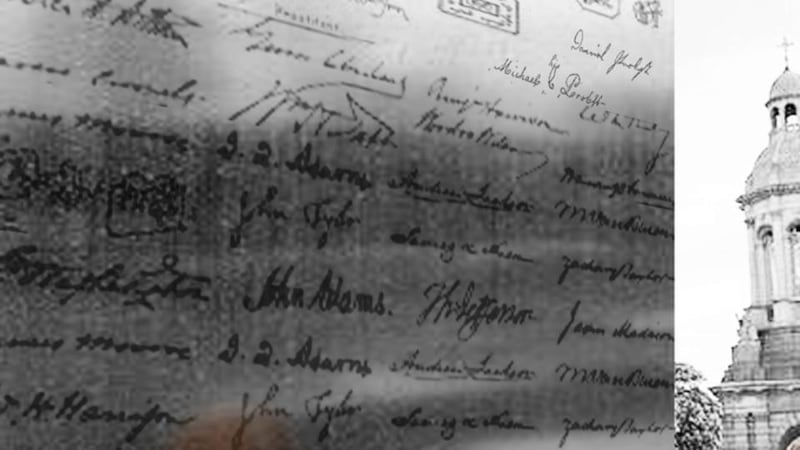Have a loved one living in New York? How would it feel to be able to stand in front of them on a life-size screen, and talk to them as if they were just centimetres away?
Plans are being finalised for two structures in Dublin and New York which will bring people from both cities face to face, despite the 5,000km distance between them.
Designed by award-winning Irish architect Cathal Curtin, the two structures will be located in the middle of Front Square in Trinity College in Dublin, and under one of the arches of the Manhattan Bridge in Brooklyn.


Each structure is made from three tonnes of polycarbonate. The screens will be three metres tall by one metre wide, with all of the technology encased inside.
"It is almost translucent, with a light-reflecting property which makes the structure very attractive in itself," says project manager Mark Quick. "On one side it looks like a piece of modern art, but on the other side there is a live scene from a public space in New York or Dublin happening."
Skype and phone conversations are carried out in private, but the Twin Space project is about people separated by great physical distances interacting in public, Quick explains.
“Because this is such an eye-catching structure, it will invite communication between strangers across the other side of the world. Chance meetings will happen between someone walking by in New York and someone walking by in Dublin. You’ll stop for a minute and say something, and there’s a connection that you would never otherwise have. It is life-size, so you are at the same eye level as the person on the other side.”
Cathal Curtin, who has spent two years working on the design, says the structures will “literally allow people to high five from different sides of the planet”. They won’t be able to feel the sensations, but visually, they will be able to hold their fingers to the screen and touch the person’s fingers on the other side.
“That kind of connection has never been experienced in a public space in cities before. People will be able to feel very close to each other, even though they are so far apart ,” he says.
“Body language and eye contact are so important, but most modern-day technology doesn’t allow us to communicate in that way. The experience of talking to someone in daylight on one side and darkness on the other will also be very interesting. You will get a true sense of just how far away the other person is.”
Although the project has received a small amount of funding from Dublin City Council and the Galway Enterprise Board, a further €200,000 is required before the structures can be built and installed.
Curtin and Quick are running a Kickstarter campaign in an effort to raise the cash, but with just €5,500 raised so far, they've a long way to go before the campaign closes on July 24th. For €20, supporters can have their name or a friend's laser engraved on the back of one of the structures.
The Twin Space project is supported by Trinity College Dublin, Dublin City Council, the NYC Department of Transportation, and DUMBO BID (Down Under the Manhattan Overpass Business Improvement District). The structures were designed with the assistance of global engineering firm Arup, and will be installed in both cities in September if funding targets are reached.










